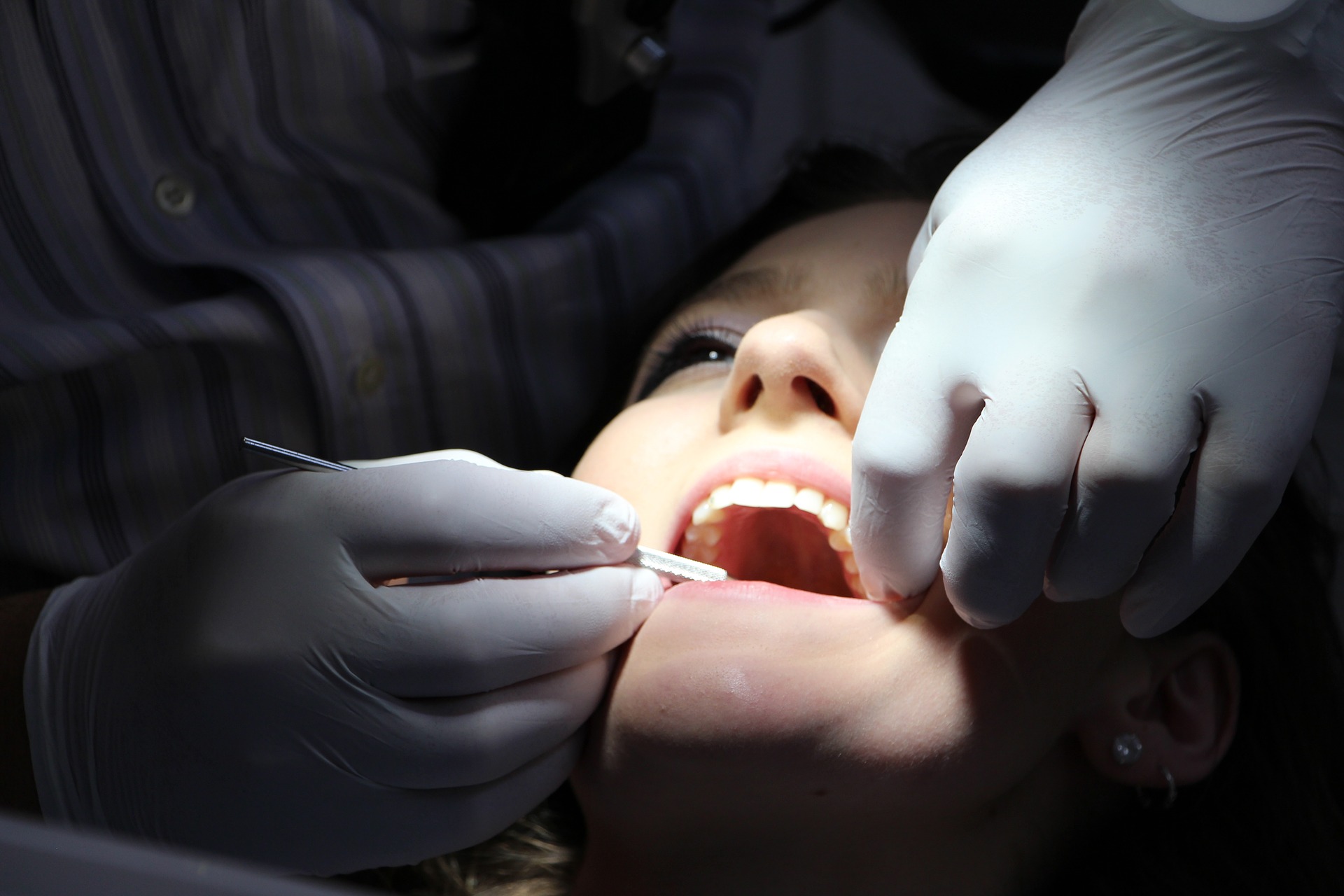ADHD is one of the most commonly diagnosed childhood disorders, yet for many women it isn’t until they reach their twenties or thirties that they finally receive a diagnosis.
By: Harriet Grayson
“You don’t realise that other people don’t feel like you do in your mind, where it’s all very, very busy, quite noisy, sometimes irritatingly so.”
For many young girls, the terms “daydreamer” or “window-gazer” are commonplace. They may have trouble paying attention in class or focusing on a task, but it is just because they have over active imaginations. No one would stop to think that this daydreaming could in fact be a symptom of ADHD, that while everything might seem normal up close everything is “chaos”.
ADHD, or Attention Deficit Hyperactivity Disorder, is one of the most common neurodevelopment disorders that arises in childhood and lasts well into adulthood. In Australia alone, it is estimated that one in 20 children suffer from ADHD. While ADHD is often perceived as a child who simply can’t sit still, there are in fact two very different types of ADHD.
One is the hyperactive-impulsive form, the most commonly recognised form of ADHD. Children with hyperactive-impulsive ADHD typically squirm or fidget regularly, are overly talkative, have trouble taking turns with others and find it difficult to focus on one task at a time.
The less common form is the inattentive form of ADHD. Children with this form often daydream a lot, regularly forget or lose things, and make careless mistakes more often than most children do.
According to child and adult psychotherapist, Fran Walfish, boys tend to exhibit the hyperactive form of ADHD while the inattentive form is more common in girls. Because its symptoms are not as easily observable, inattentive ADHD is often hugely undiagnosed in children, especially amongst girls and young women. Boys are over three times more likely than girls to be diagnosed with ADHD, and even in adulthood they are still twice as likely to be diagnosed.
 There are a number of reasons for this, one of the main ones being ADHD in women remains significantly under-researched to this day. Women weren’t included in findings from studies on ADHD until the late nineties, and weren’t given their own long-term study until 2002.
There are a number of reasons for this, one of the main ones being ADHD in women remains significantly under-researched to this day. Women weren’t included in findings from studies on ADHD until the late nineties, and weren’t given their own long-term study until 2002.
Another crucial reason, and one that has no doubt contributed to the lack of research into ADHD in women, is the way gender norms in society to this day have created a sense that women are inherently sensitive, emotional and passive, while men are more serious and active. When girls and young women exhibit symptoms characteristic of inattentive ADHD, they are dismissed for being silly daydreamers. If they act impulsively, which in boys would be identified as a symptom of hyperactive-impulsive ADHD, it is simply because they are a bit of a tomboy.
Girls and young women are also more likely to cover up their ADHD symptoms by adopting the behaviour of those around them. Maddi Derrick, a clinical psychologist who directs an ADHD specialty clinic in Hobart and who herself lived with undiagnosed ADHD for much of her life, says that ADHD can also be under-diagnosed in girls and young women because they mature socially and emotionally more quickly than boys.
According to Derrick, this means that they are “probably a bit more aware and focused on how others are viewing them” than boys with ADHD. Girls and young women with ADHD often try very hard to concentrate to hide the signs of their ADHD, so that in school teachers see someone who is just talkative or “daydreamy” rather than someone struggling with ADHD.
Derrick describes experiencing a sense of “internal hyperactivity” throughout her school years, getting easily flustered or blowing up as her ADHD made it difficult to control her emotions. Yet she says it took her many years to realise not everyone felt the way she felt, and that not everyone’s mind is all “very, very busy, quite noisy, sometimes irritatingly so”.

While ADHD tends to be diagnosed early in boys, it is often overlooked in girls and young women until much later in life. Once women with ADHD reach their early to mid twenties, or their university years, their lack of self-regulation and self-management becomes more noticeable. Anthony Rostain, professor of psychiatry and paediatrics at the University of Pennsylvania School of Medicine, says that in university, women with ADHD have more of a risk of being susceptible to negative pressure from sororities or getting involved in things like recreational drugs because they have trouble managing impulse control.
For many women, it isn’t until their thirties or forties that they are finally diagnosed. Noelle Faulkner, a journalist for the Guardian, has lived with ADHD for most of her life. As a child, she recalls being repeatedly told to “stop daydreaming”, “slow down” and “act like a lady”, while she herself felt “overwhelmed by the world” to the point where she disassociated from it to cope.
After six visits to her GP in the space of two years, each one for the same unexplained exhaustion, she saw a psychologist who responded to her complaints by asking her if she was simply aiming too high. Her exhaustion was put down to the pressure for perfection faced by all women in her industry. It took experiencing numerous severe burnouts from feeling chronically overwhelmed and countless visits to various GPs and psychologists to finally get a diagnosis in her thirties.
Her experiences are similar to those of many women struggling to live with an illness they do not know they have, battling symptoms they cannot explain or seem to overcome. This struggle is multiplied for women with ADHD who are also mothers, juggling the never-ending demands of childcare as well as those of their career while their disorder wrecks havoc on their mental health. The medications many use to treat ADHD may get them through the day at the office, but tend to wear off by the time they get home, meaning that they have to manage the various demands of organising the house and taking care of their children with their ADHD at its full force.

For any woman with ADHD, managing their disorder so they aren’t completely overwhelmed can seem utterly impossible. It can be challenging, but there are a number of simple yet crucial steps women can take to make life not merely bearable but enjoyable. Medication, psychotherapy and mental health counselling are a few of the most common treatment options both for coping with symptoms of ADHD and for offering support for those with the disorder and their loved ones.
Terry Matlen, psychotherapist and author on ADHD in women, offers some easy survival tips that women, especially mothers, with ADHD can employ to improve their lives. The first, and possibly the most important, is that women accept that they have ADHD. Matlen says it is hard for women to acknowledge that they aren’t perfect, and particularly that they need help, but that it is essential women just “accept (their) ADHD and go with it”. The second is to ask help from their family members in whatever way they need it.
Matlen states, delegating tasks around the house not only gives mothers with ADHD the help they need but also helps teach their children responsibility. She also recommends that mothers explain their symptoms to their family, keep a calendar with colour coded schedules for each family member, and establish quiet zones free of technology to minimise distractions during quality family time.





